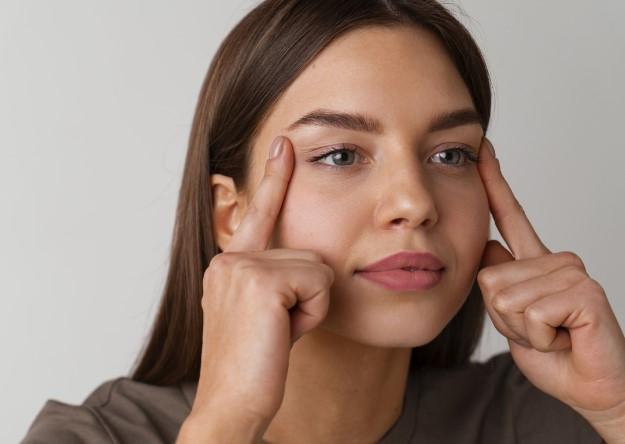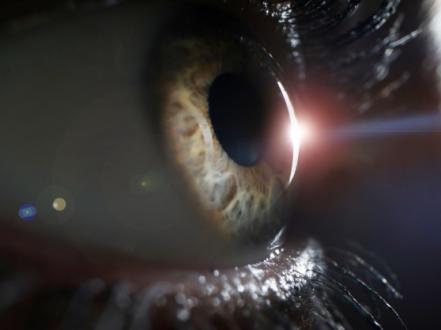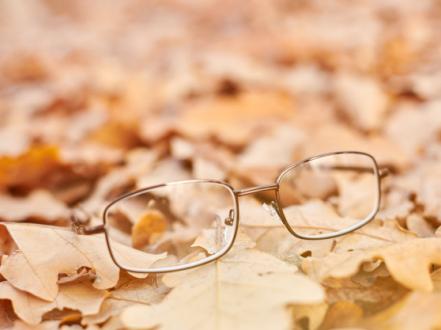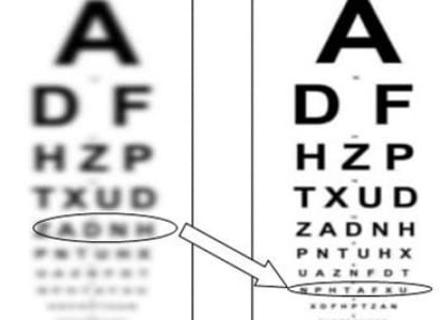Swollen eyelids are uncomfortable, irritating, and often even painful. Not the greatest way to start the day is waking up with swollen, red eyes. Fortunately, various quick and powerful treatments help reduce swollen eyelids, therefore treating both the symptoms and underlying reasons. Knowing what causes eyelid swelling will help you choose the swollen eyelid treatment at a fast pace to restore comfort rapidly.
Recognizing Swollen Eyelids: Typical Reasons
From little irritations to more major health issues, the swollen eye may arise from a variety of triggers. Typical reasons include allergic responses to dust, pollen, pet dander, or cosmetics. Many times triggering eye discomfort, these allergens cause puffiness and inflammation.
An additional common reason for eyelid swelling is infection. Redness, itching, and swollen eyelids may all be brought on by bacterial or viral illnesses including conjunctivitis—pink eye. Likewise, clogged oil glands on the margins of the eyelids may grow into a stye or chalazion, both of which cause obvious swelling.
Sometimes the eyelid swells in reaction to venom or allergens from an insect bite close to the eye. Additionally causing inflammation and swelling are injuries or damage to the eye or the surrounding region. More severe instances may show swollenness around the eyes as a sign of systemic diseases such as sinus infections, renal difficulties, or thyroid abnormalities.
Why Has My Upper Eyelid Swollen?
Particularly annoying is a bulging upper eyelid as it could compromise your eyesight and general face attractiveness. Conditions such as blepharitis, an inflammation of the eyelid margins brought on by bacterial infection, or skin diseases like dandruff or rosacea, are often connected to upper eyelid swelling. The eyelids could seem red, itchy, and swollen from this irritation.
A stye—a painful, red lump brought on by a bacterial infection of the oil glands at the base of the eyelashes—is another frequent reason. Usually developing around the margin of the upper eyelid, styes cause localized swelling. Sometimes a clogged oil gland called a chalazion may also grow into a painless lump that can cause swelling of the upper lid.
Allergies, especially those brought on by pet dander or seasonal pollen, may cause both eyes to enlarge, usually most clearly affecting the top lids. Inappropriate lens hygiene or inflammation may cause upper eyelid edema in contact lens users as well. Knowing the basic reason for upper eyelid edema will enable you to decide on the suitable therapy.
Proper Eyelid Care: Quick and Powerful Treatments for a Swollen Eyelid
You want relief right now when your eyelid swells. Here are several swollen eyelid treatments and fast remedies to give thought:
Applying Warm or Cold Compress, Depending on the Need: Using a cold compress or chilled spoon on the affected area can help to reduce any soreness and swelling. This method particularly helps to reduce inflammation brought on by allergies or minor injuries. If you have a stye or chalazion, a warm compress can help to drain any pus or fluid that has been collected, freeing the oil glands. Apply a new towel soaked in warm water many times a day, gently, for ten to fifteen minutes to the swollen eyelid.
Medications Available Over-the-counter (OTC): Antihistamines and anti-inflammatory medicines may provide quick relief for swollen eyelids brought on by allergies or minor illnesses. Check that any ointments or eye drops you use match your specific condition.
Regular Eye Cleaning: Using a saline solution to cleanse the eyes may help to eliminate allergens or irritants, smartly controlling allergic reactions. This treatment is safe and effective, especially for those experiencing allergic reactions.
Keeping Proper Eyelid Hygiene: It helps one prevent conditions such as styes and blepharitis. Regularly cleaning the eyelids with a mild soap or specialty eyelid cleanser helps reduce the risk of blocked oil glands and infections.
Steer clear of touching the eyes as it aggravates swelling and may spread any probable infection. Instead, carefully clean your eyes and use recommended treatments to reduce pain.
Finding the underlying cause of the problem is crucial for the best results as every one of these treatments offers a fast solution addressing different fundamental issues.
What You Should Know About Swollen Bottom Eyelids
Conditions include fluid retention, allergies, or eye infections are often connected to a swollen bottom eyelid. Unlike the upper eyelid, the lower eyelid is more prone to enlarge from a fluid accumulation or as a response to allergens like pollen or dust. If you have dacryocystitis, a tear duct infection that produces redness, pain, and inflammation, lower eyelid swelling may also result.
An orbital cellulitis infection, which damages the tissues around the eye and may produce major puffiness, redness, and discomfort, is a less frequent cause of lower eyelid edema. Considered an emergency, this disorder demands quick medical intervention. Knowing the particular symptoms surrounding your swollen lower eyelid will enable you to direct yourself to the suitable therapy.
Prevention and Extended Care for Eyelid Conditions
Good general eye health and awareness of possible irritants help to prevent swollen eyelids. The following advice can help you to keep good eyelids and avoid future swelling:
- Keep good eye hygiene; particularly if you use contact lenses or cosmetics, routinely wipe your eyelids to avoid blockages and infections.
- Use allergy-proof bedding; allergens like dust mites may gather in bedding. Regular sheet washing and hypoallergenic pillows assist in lowering allergy exposure.
- Stay hydrated; drinking enough water helps avoid fluid retention, which could cause puffiness around the eyes.
- Steer clear of rubbing your eyes with dirty hands. Maintaining clean hands and avoiding touching your face can help stop germs and other irritants from getting into your eyes.
- Take breaks from screens as extended screen time may lead to dryness and eye strain, therefore increasing your susceptibility to irritation and swelling. Blinking exercises and frequent rests assist in lessening this pressure.
- Wearing sunglasses or safety goggles can assist in shielding your eyes from dust, pollen, and trash whether you are outside or in surroundings with possible irritants.
Including these behaviors in your daily schedule will help you maintain general eye health and drastically lower your chance of swollen eyelids. Individuals who have swollen eyelids regularly must be aware of how to properly control symptoms. If the issue continues or becomes worse, remember that choosing a swollen eyelid treatment fast fix relies on precisely determining the underlying reason; thus, see a medical practitioner.






